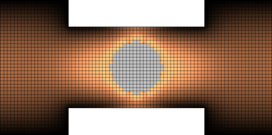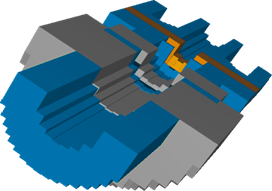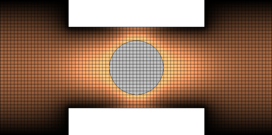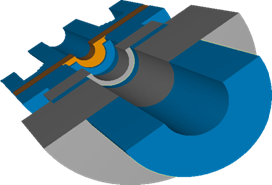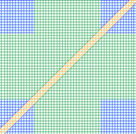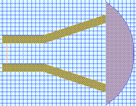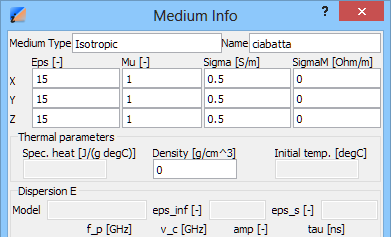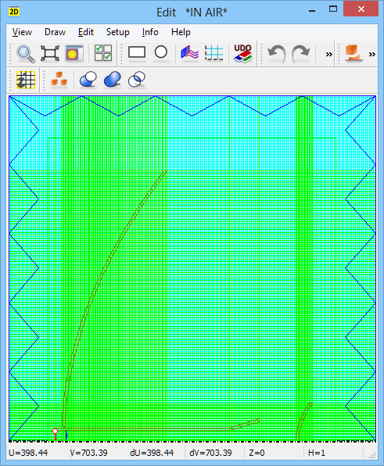correction of field singularities appearing at metal edges, corners, and wires
unique models for curved boundaries
automatic and adaptive (taking into account material parameters) mesh generation
local mesh refinement option
FDTD grid available for viewing
actual FDTD mesh available for viewing
conformal FDTD algorithm parameters available for viewing (useful for experienced users)
accurate and stable conformal representation of curved metal boundaries
higher-order modelling of media interfaces















